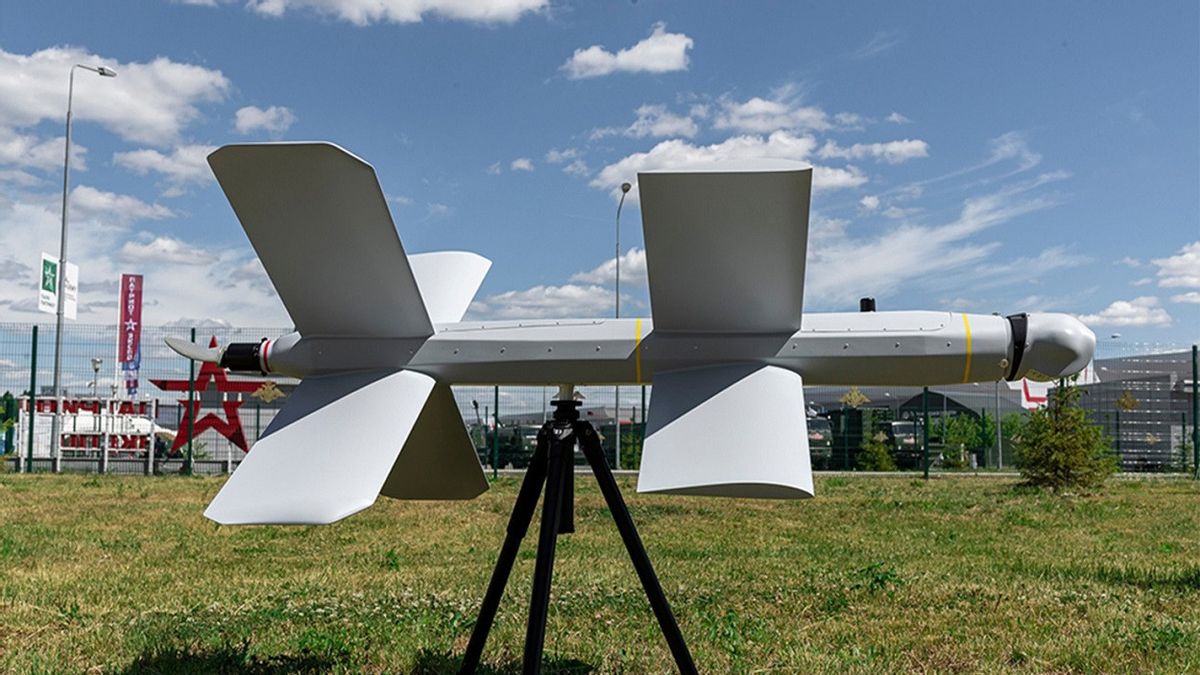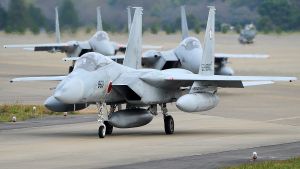JAKARTA - The Russian Ministry of Defense approved technical design specifications for the ZALA Lancet precision UAV weapon system, for later testing by the end of this year, the Kalashnikov Group said Wednesday this week.
Drone Lancet belongs to the category of loitering air munitions, which are weapon systems that 'roam' around the target area while in search mode. When the target is found, the 'kamikaze drone' attacks it like an air-to-surface missile while destroying itself.
Designed by ZALA Aero, a company of the Kalashnikov Group, this UAV earned its name, 'Lancet', not only for its exterior design but also for its high precision. It has a range of 40 km and can hit its targets with surgical precision, the manufacturer claims.
The Kalashnikov Group presented the Lancet in June 2019. At that time, the Russian state company Rostec outlined the advantages of this system. First, roaming air ammunition saves time because it is already deployed in the air, ready and waiting to strike the enemy.

Second, it is small, light, and made of plastic and composite materials, because it is "invisible" to traditional air defense radars. Third, it is much cheaper to strike a target with a kamikaze drone than it is to destroy it with a high-precision projectile, which requires a self-propelled gun with a crew and gunner.
The Lancet is produced in various versions, with an operational range of up to 40 km and a speed of 80-110 km/h. The aircraft can carry a payload of up to 3 kg, with a maximum gross take-off weight of 5 kg (Lancet-1) and 12 kg (Lancet-3).
The drone has a dual X-shaped tail which supports its maneuverability and stability in dive mode.
"Double X is our absolute knowledge", said General Director of ZALA, Aero Alexander Zakharov, in August 2019, as quoted by TASS from Rostec, Friday 27 August. In addition, this aerodynamic configuration helps reduce the size of the UAV, according to the designers.
But that's not all, UAVs are smart, versatile, and capable of finding and hitting targets independently. The Lancet is equipped with precision strike components, as well as reconnaissance, navigation, and communication modules.

According to the ZALA Aero website, the drone creates its own navigation field, requiring no land or sea-based infrastructure or satellite navigation. The UAV also transmits video, so humans can confirm target engagement. At the same time, the Lancet's built-in anti-laser protection protects laser weapons, while its electric engine facilitates its stealth capabilities.
In late 2020 it was reported that the Lancet had been successfully tested in a combat environment in Syria. The head of Rostec, Sergei Chemezov, noted at the time that the aircraft proved to be very effective.
SEE ALSO:
On April 18, broadcaster Rossiya 1 released unique footage of the Lancet destroying terrorist targets in Syria In the first video, the Lancet-3 takes off carrying 3 kg of explosives, before hitting a pickup with terrorists in the Idlib area controlled by Hayat Tahrir al-Sham, formerly known as the al-Nusra Front. In the second video, the drone destroys the terrorist group's machine gun emplacement.
To note, this Russian-made UAV has earned the nom La Guerre "flying Kalashnikov" (or "flying AK-47") for its simplicity, usability, and reliability. Experience gained in Syria helped designers complete a prototype of the Lancet drone, which will undergo state trials later this year.
The English, Chinese, Japanese, Arabic, and French versions are automatically generated by the AI. So there may still be inaccuracies in translating, please always see Indonesian as our main language. (system supported by DigitalSiber.id)


















